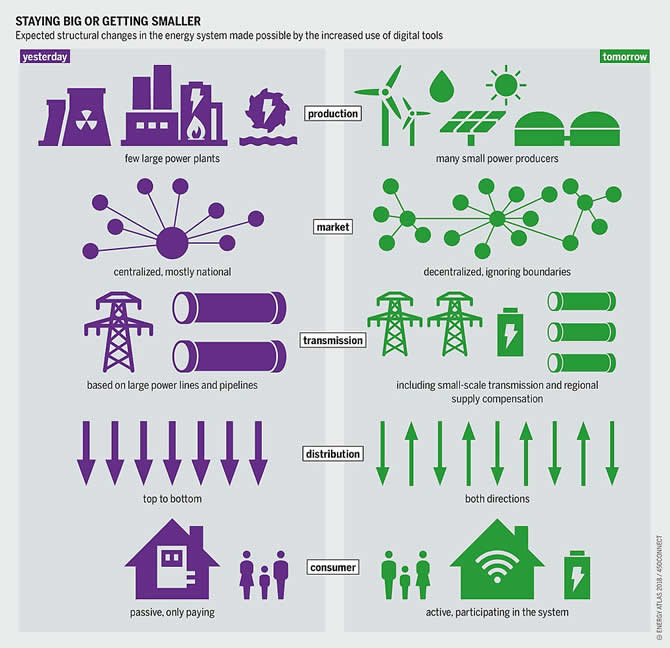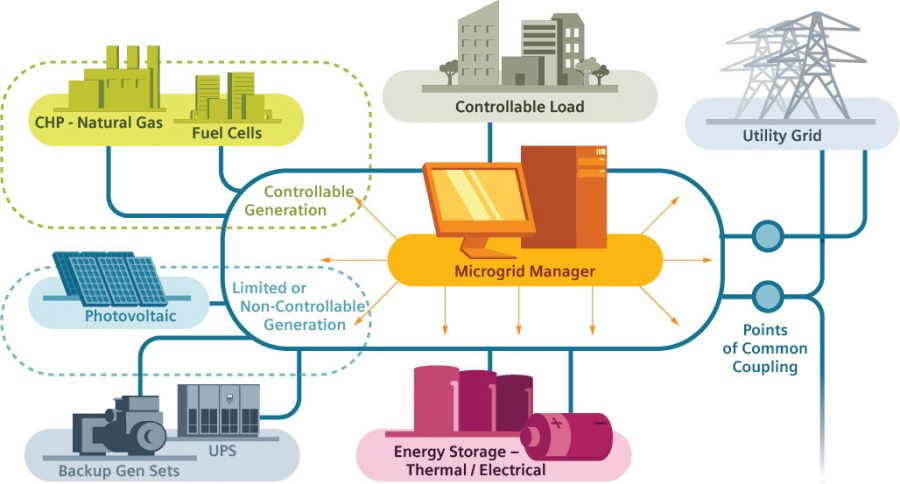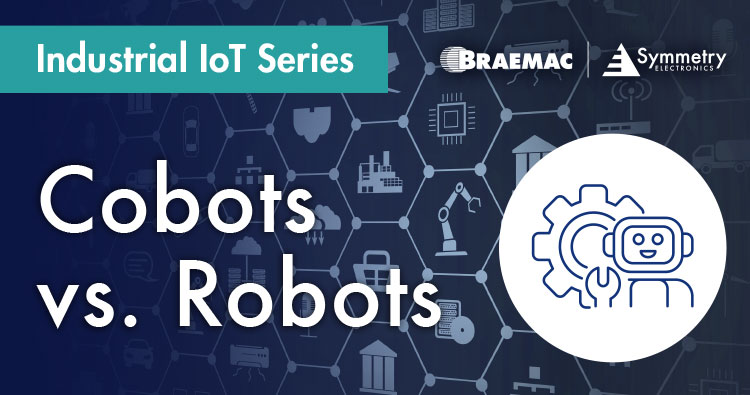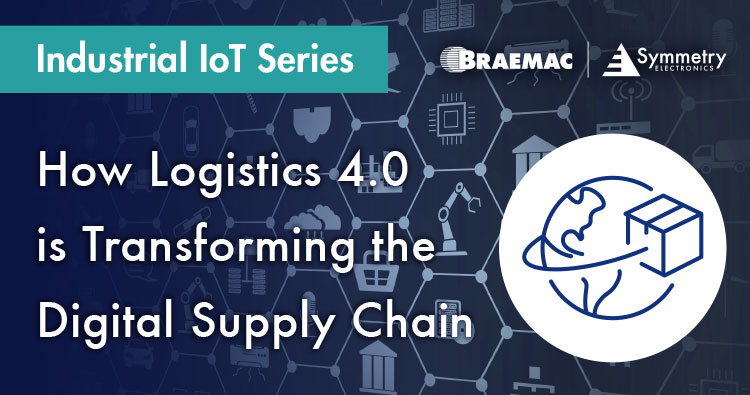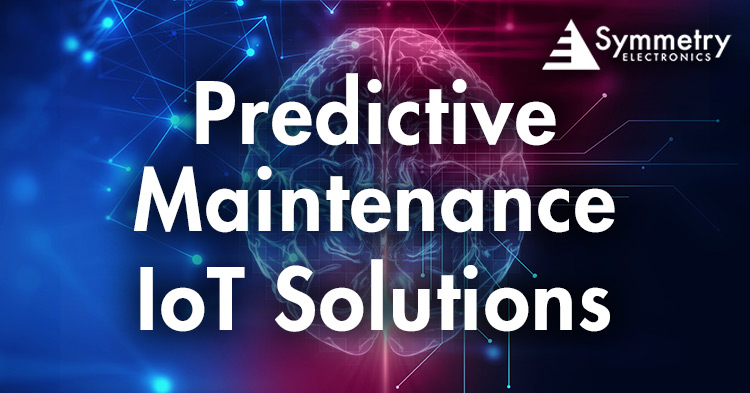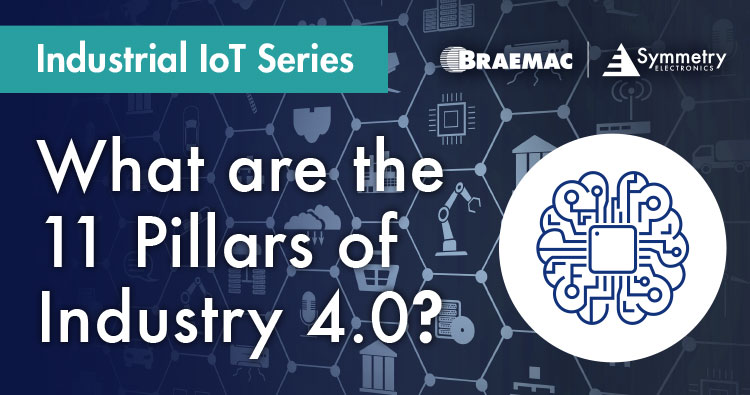- Home
- Symmetry Blog
- Enabling Innovative Smart Grid Solutions
Enabling Innovative Smart Grid Solutions
About Jari Haiston
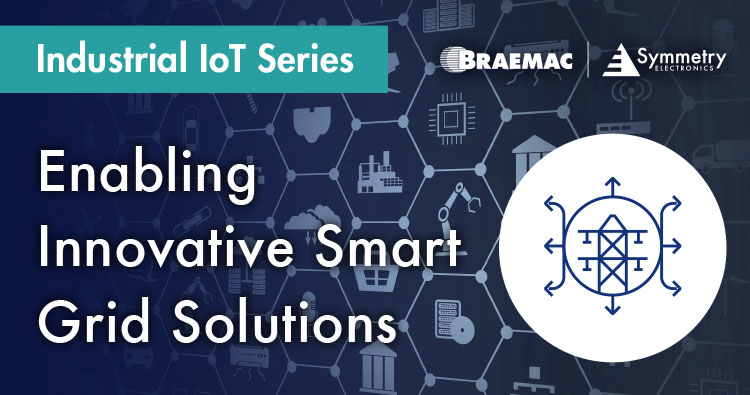
What is a Smart Grid?
More recently referenced to as grid ecosystems, smart grids refer to the bi-directional transmission of data and electricity. Grid ecosystems are innovative methods of energy networks that integrate data, electrical flow, and digital communications.
Smart grid technology has been implemented for over a decade and relies on solutions like smart meters, smart appliances, renewable energy resources, and energy-efficient resources to enable open communication between the flow of electricity and data. Energy grid modernization includes innovations surrounding IoT technologies, big data, artificial intelligence (AI), improved communication standards, and machine learning to evolve electricity transmission logistics.
Traditional Energy Grids vs Connected Grid Ecosystems
In comparison to their modernized counterparts, traditional energy grids are tiered by demand and provide minimal storage capabilities. The major differences between conventional energy grids and smart grid ecosystems (Figure 1) revolve around electricity production levels, distribution and transmission in the electricity market, and consumers. Smart grid ecosystem communications improve the flow of information to stakeholders, optimize grid efficiency, and react to challenges with real-time solutions.
Figure 1: Comparison of Conventional Energy Grids with Smart Grid Ecosystems
Source: i-Scoop
Top 3 Benefits of Smart Grids
1. Enhanced Supply
Traditional energy grid management is volatile and complex, as factors like weather conditions, wildlife damage, human interference, and equipment failure can affect an entire grid. Modernizing energy grids can prevent and minimize the damage of power outages and other system errors through solutions like fault location, isolation, and service restoration (FLISR) technology. FLISR and smart sensor incorporation enable self-assessment of grid ecosystems, making them capable of self-healing, inspection, analysis, and automatic response.
While smart metering is an essential basis of smart grid infrastructure, the advanced infrastructure of modernized energy supply goes much further than metering alone. Asset management is a fundamental solution of smart grids by way of analytics and power monitoring. Additionally, smart grid ecosystems enable distribution automation.
2. Renewable Energy Integration
Smart grid ecosystems serve to reduce the environmental impact of electricity supply systems by allowing for greater integration of large-scale renewable energy systems. Smart power generation is a large focus of grid ecosystems. Reservoir hydropower, wind power, solar power, and other forms of customer-owned power generation can be utilized as distributed energy resources (DERs) within power systems. DERs are typically renewable energy sources that produce electricity or controllable loads that are directly connected to local distribution or host facilities.
Additionally, smart power systems integrate microgrid systems (Figure 2) into their distributed energy logistics. Microgrids are small, independent facilities that provide power for nearby consumers. Microgrids are able to limit greenhouse gas emissions by employing zero-emission energy resources. Microgrid systems reduce fuel use and pollution as they conserve the electricity that is lost from long-range transmission.Schneider Electric reports that “The overall losses between the power plant and consumers is then in the range between 8 and 15%.”
Figure 2: Diagram of a microgrid system
3. Optimized Consumption
Many of the same benefits of supply chain decentralization apply to grid ecosystems. Consumers become active participants of the energy chain through decentralized energy generation. Smart grid modernization evolves how we generate, transmit, store, and use electricity. While grid ecosystems are more complex than just smart sensors, smart metering provides us with the transparent communication required to optimize the grid. Smart grids allow us to adapt production in accordance with the real-time demands of energy consumption. Grid modernization means that energy consumption can be a tangible component of power logistics. The decentralized grid system allows for automated and protected electrical distribution.
Figure 3: Decentralized logistics of smart grid ecosystems
Source: i-Scoop
Developing the Future Grid with Braemac Americas Solutions
One of the main challenges facing modern grid systems is the full integration of IoT, which serves as the fundamental backbone of smart grids. Moreover, engineers must overcome challenges such as interoperability, cybersecurity, and scalability when developing a grid innovation. Fortunately, Braemac Americas | Symmetry Electronics leverages a comprehensive portfolio of cutting-edge technologies to design smart energy solutions that close these gaps.
Based on Qualcomm’s Dragonwing™ QCS8550, the Open-Q™ 8550CS SOM from Lantronix is an optimal solution for developers looking to integrate AI in their next-gen smart grid applications. Supporting Wi-Fi 7 connectivity, advanced graphics, and an optimized AO architecture, the Open-Q™ 8550CS is purpose-built to redefine heavy IoT applications.
The EFR32MG26 Series 2 SoCs and modules from Silicon Labs enable next-generation smart grid systems by providing secure, reliable wireless connectivity fully compatible with Matter over Thread. Featuring 2.4 GHz RF, low current consumption, an AI/ML hardware accelerator, and SiLabs Secure Vault™, EFR32MG26 Series 2 solutions enable intelligent, robust, and energy-efficient designs that mitigate the threat of remote cyber-attack.
Additionally, Silicon Labs offers the MGM260P module as an ideal solution for smart grid applications. Based on the EFR32MG26 SoC, the MGM260P integrates a pre-certified RF module to simplify global wireless certifications for Thread-based devices. Also featuring enhanced RF performance, energy efficiency, and Secure Vault™, the MGM260P enables optimized antenna positioning for connected designs.
Based on SiLabs’ SiWx917 chipset, the Veda SL917 enables direct Wi-Fi 6 connections, perfect for applications where using the home's or site's existing Wi-Fi network makes more sense than deploying a new Thread mesh. Its ultra-low power consumption and convenient network co-processor (NCP) are optimal for next-gen IoT and IIoT designs.

